Harnessing enthusiastic promise – Junior Red Cross, Red Cross Youth, and young people
19 May 2025
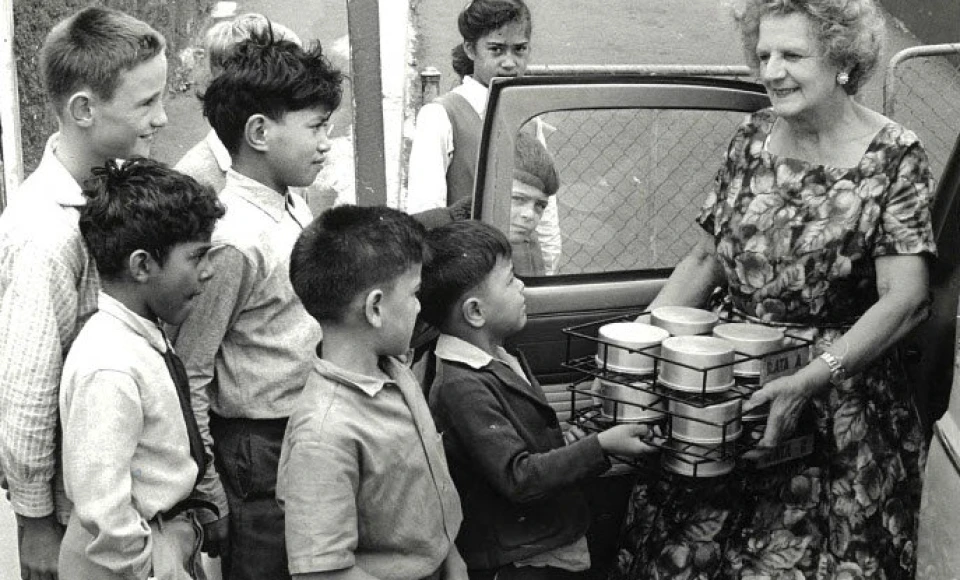
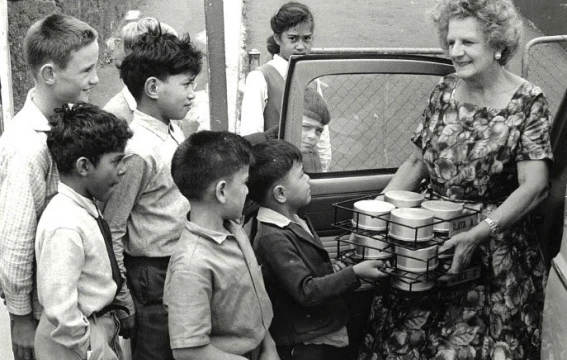
Since 1915, thousands of people have mobilised for New Zealand Red Cross to harness collective energy into humanitarian action. Over our 110 years, we’ve seen children and young people join us to do good, give back, and contribute to building a future based on humanitarian principles.
Our beginnings – Junior Red Cross

Junior Red Cross members in 1928.
Global youth-oriented organisations started with the Scout Movement in 1907. Focused on providing tamariki with non-formal education and life skills, the model drew thousands of members at the beginning of the 20th century.
Junior Red Cross in New Zealand was inspired by Red Cross activities happening across the Commonwealth, which were in turn influenced by the Scout Movement. We established Junior Red Cross in 1923.
Much of the groundwork to set up Junior Red Cross in the 1920s was done by Red Cross nurses, who used first aid and home nursing classes to set up Junior circles in primary schools. Since few children at the time went on to secondary school, Junior Red Cross focused mainly on primary schools, and their work concentrated on two areas – service and health.

Junior Red Cross girls learning first aid at school.
Under the motto ‘I serve’, Junior Red Cross members sent books and toys to orphanages and hospitals. They also tended to school gardens. Health education included songs and plays about health issues, as well as national Children’s’ Health Camps, which brought members together and connected them to Junior Red Cross’ around the world.
Older children were offered formal instruction which included first aid, ‘mothercraft’, and home nursing, for which they had to pass exams. By 1934, we had 4,000 Junior Red Cross members, which climbed to more than 30,000 during the Second World War.
Historian Margaret Tennant described the intended outcome of Junior Red Cross as, “a juvenile champion of health and hygiene, who would take his or her knowledge back home.”
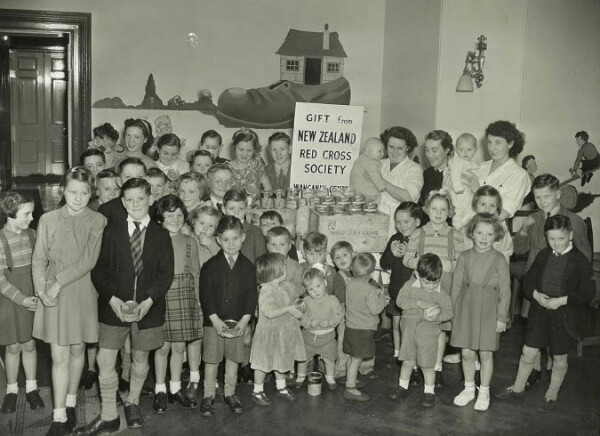
Junior Red Cross members in 1946.
In the 1940s, we introduced ‘Link’ groups to attract new and younger members. There were also initiatives which copied Australian Red Cross’ ‘Younger Set’ groups, which were for people ages 18 to 25 who weren’t into uniforms, certificate exams, and competitions. Junior Red Cross leadership ran courses which introduced younger members to our mission and bridged the gap between child and adult membership.
Junior Red Cross, by the numbers
Between 1953 and 1971, Junior Red Cross members raised funds, sponsored children overseas, and earned certificates in first aid and other health initiatives.
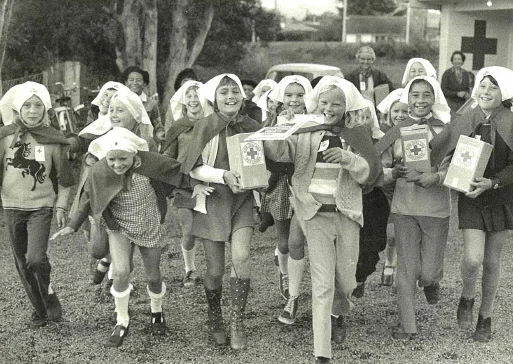
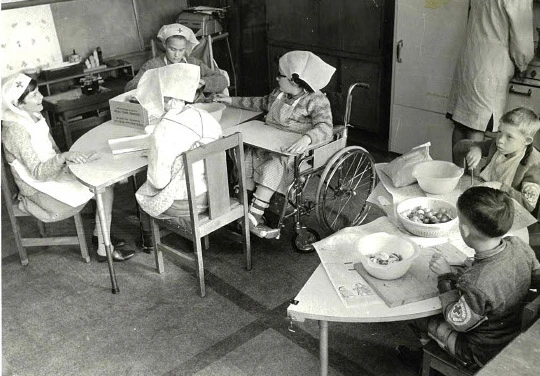
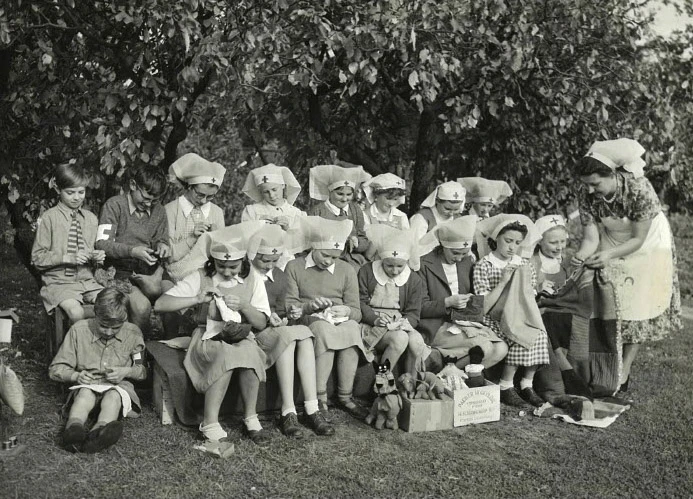
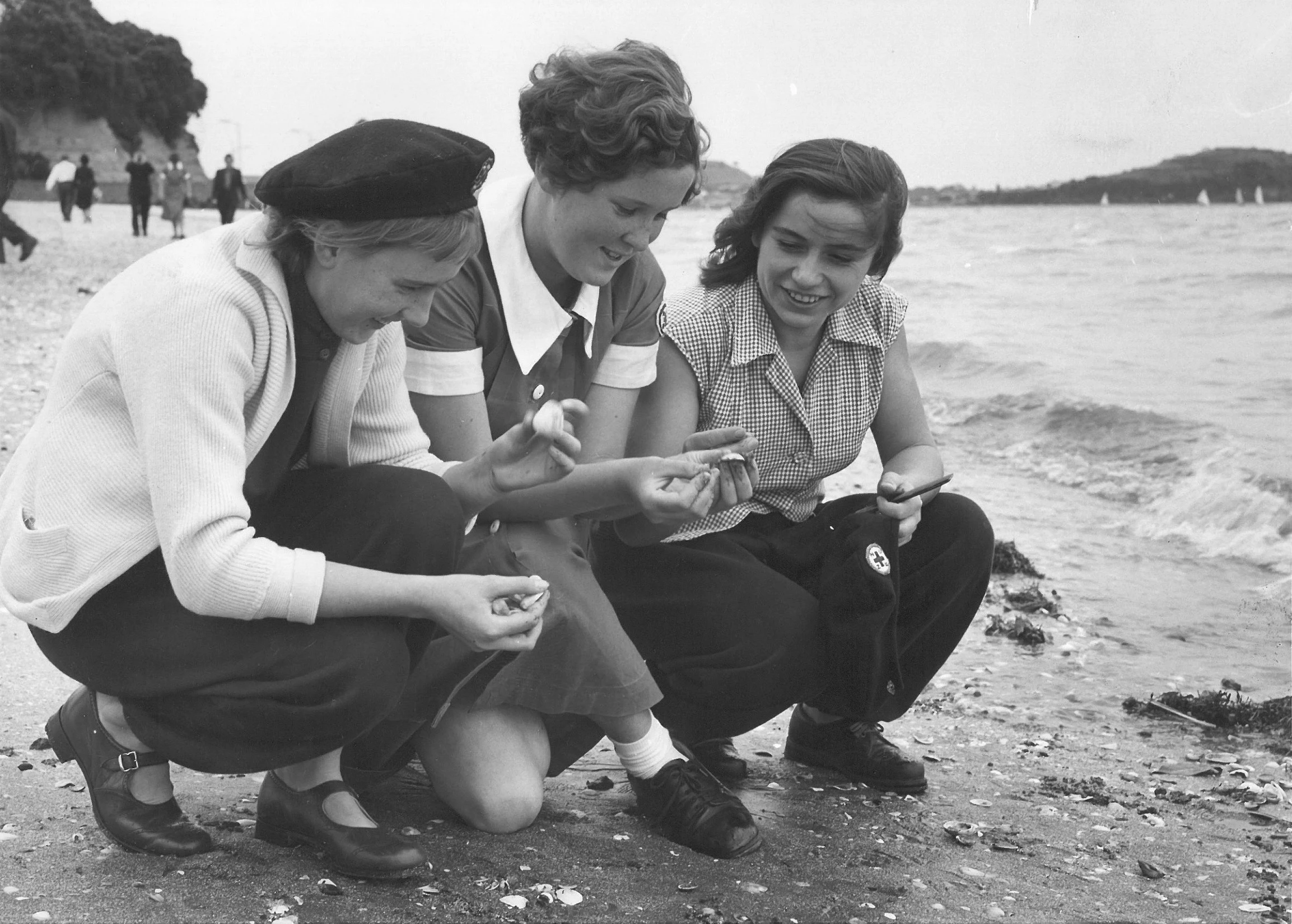
A new name and a broader purpose

Red Cross Youth members at George Street Normal School in Dunedin.
In May 1971 we changed ‘Junior Red Cross’ to ‘Red Cross Youth’. This reflected wider changes to the youth sector throughout Aotearoa, with schools insisting that Junior Red Cross and other groups meet outside of school hours rather than be in the classroom.
In the 1970s, we moved the focus of our youth programme from primary-school aged childfen to secondary schools and beyond. During this time, our international Movement shifted from a service-oriented perspective of volunteering to community development and social action. We also established the National Youth Representative on our National Board in the early 1970s.
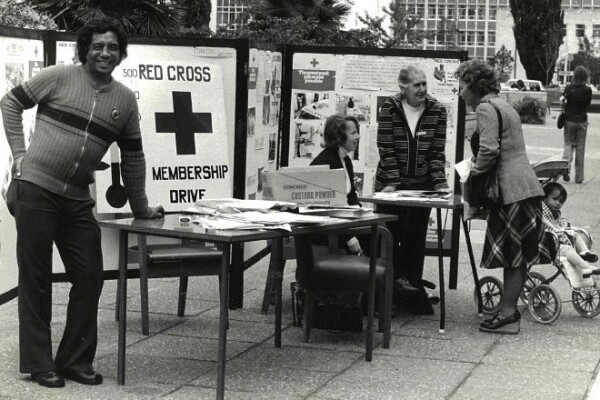
Waikato youth officer Johnny Ahu.
We established youth officers in 1972, whose main role was to address that young people expressed their social conscience in ways that didn’t include membership to organisations. Activities included environmental projects, defensive driving courses, disaster response, and community service alongside other organisations, especially those which supported disabled people. Red Cross Youth members at universities visited in-patients and residents in psychiatric care facilities and children’s homes.
In 1972, the Justice Department and Prisoners’ Aid Rehabilitation Society launched a programme where Red Cross Youth visited Wi Tako Prison in Upper Hutt. Under the guidance of a Society field officer and Red Cross Youth coordinators, members furnished a house near the prison for whānau to use when visiting their incarcerated loved ones.
The end of a dedicated programme

Belinda Sibley and Sue Parlett with Lady Hay, wife of the Mayor of Christchurch, 1984.
After the social action-oriented programmes of the 1970s, in the 1980s Red Cross Youth moved more towards education for intermediate and secondary school students. Aimed at social studies curriculum, we created units which covered international humanitarian law and international understanding.
Red Cross Youth continued to make friendship bags, soft toys, and take part in other activities that began in the 1920s. We also continued to offer first aid, child minding, and other training activities in schools throughout the 1980s, which reached more than 50,000 students by 1991.
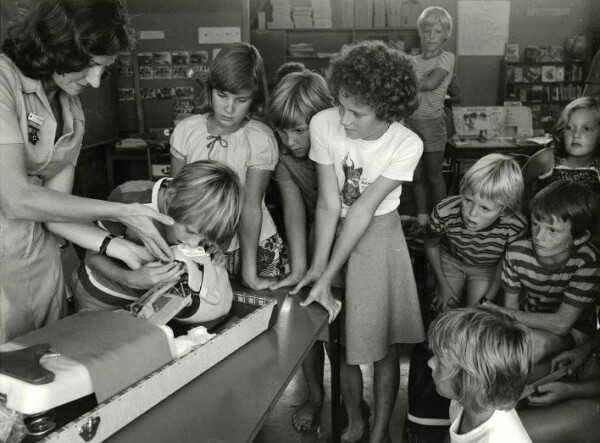
First aid training in 1980.
When we revamped our first aid courses in 1993, we moved towards a revenue-generating enterprise with NZQA accreditation. This changed how we delivered first aid training in schools, where they purchased training for their students from us, rather than receiving this from volunteers or youth coordinators.
This was part of a bigger change in mindset for Red Cross, where there was increasing support for youth activities to be part of our wider programmes. We disestablished Red Cross Youth by the mid-1990s and absorbed young people into our wider programmes.
Our work today
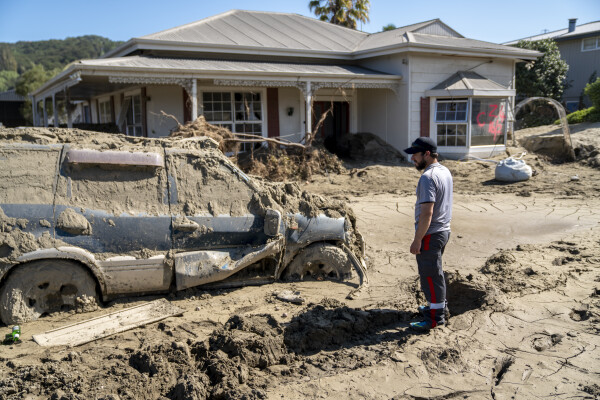
National Youth Representative Dan Wilden in Hawke's Bay as part of the response to Cyclone Gabrielle in 2023.
Since the 1990s, we’ve run activities and services for young people through many of our programmes, especially emergency management, refugee settlement, first aid, and international humanitarian law. This includes initiatives like the ‘Save-a-Mate’ programme, first aid in schools, and establishing our National Youth Panel. Volunteers and members who’ve been with us for decades often started as youth members, including in disaster response programmes aimed at secondary school students.
After the Canterbury Earthquakes in 2010 and 2011, we launched several initiatives for children and young people through our Christchurch Earthquake Recovery Programme. This included the picture book ‘Kiri and the Emergency’, rechargeable radios for 40,000 school children, and the ‘Bounce’ programme.

Bounce youth ambassadors in Christchurch.
Running for almost eight years, Bounce was a youth-led peer education project run by young people for young people. Youth ambassadors shared wellbeing tips and advice with their peers to empower and encourage emotional wellbeing and resilience.
We also have dedicated programmes for former refugee young people. This includes settlement youth workers who provide one-on-one support to former refugee young people, organise activities, and connect people with other programmes in the community.
Since 2012, we’ve held the annual Moot Court Competition which raises awareness of the laws of war. Open to teams from each of the six New Zealand universities’ law schools, the annual competition sees law students argue a fictional case. The winning team is then able to compete in the Asia-Pacific Region championship in Hong Kong.
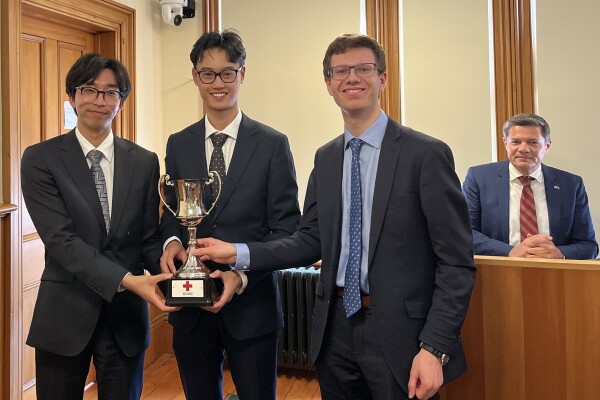
Jimin Seo, Francis Inn Yu Wee, and Gulliver MacDonald from the University of Auckland — winners of the 2024 Moot Court Competition — with His Excellency Viktor Vavricka, Ambassador of Switzerland.
Today, we have a strategy to ensure that we continue to engage with young people and we aim to have 30% of our volunteers be under the age of 30 by 2030. young people continue to be involved in Red Cross, volunteering in our programmes, taking part in our branches, and sitting on our area councils. No longer relegated to their own section of the organisation, young people and their views are included at all levels and in the direction we take.
This story was made possible thanks to the work of New Zealand historians:
- ‘Across the Street, Across the World: A History of the Red Cross in New Zealand 1915 – 2015’ by Margaret Tennant.
Header image: children helping to deliver Meals on Wheels in Canterbury in the early 1950s.
More information
- If you want to get involved in our work, join us! We have volunteer roles to suit everyone.
Find a volunteer role - Find out more about our values and the principles we follow in all our work.
Our Fundamental Principles - Donate to support our work, including responding to emergencies, helping former refugees resettle, and delivering meals to people who can’t cook for themselves.
Donate to where the need is greatest
